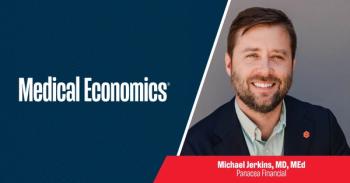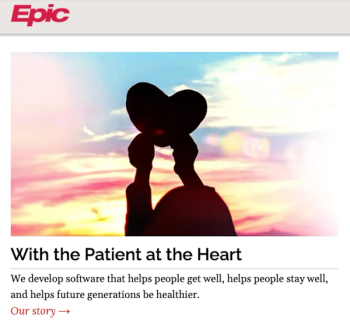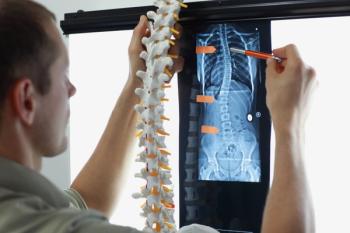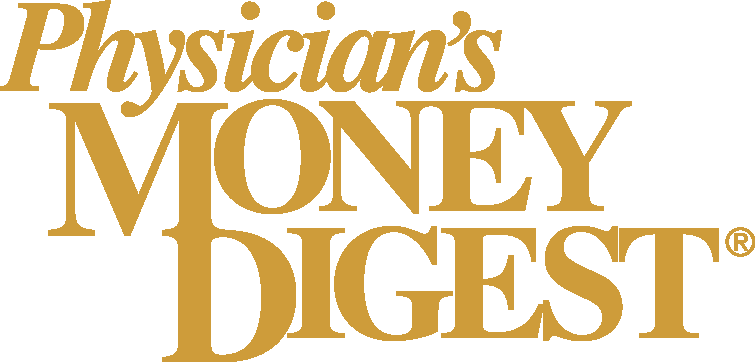
From data to diagnosis: Real-world applications of machine learning in health care
Machine learning, a subfield of artificial intelligence, can sift through massive amounts of data to benefit physicians and patients.
Health care has always been a sector driven by
The latest integration into the sector has been machine learning. The large volumes of data utilized have significantly improved diagnosis and treatment, changing how medical problems are approached.
The foundation of machine learning in health care
Electronic health records, wearable devices and genetic information have brought about a data-rich environment. Most of these data are, however, too unstructured and massive in volume to be analyzed with traditional methods. Machine learning thus bridges this gap, enabling health care professionals to harness the power of data for actionable insights.
Here are some of the most impressive use cases of machine learning in health care.
Enhancing diagnostic accuracy
The most visible applications of machine learning in health care occur in diagnostics. Early and precise diagnosis can mean life or death in cases of diseases such as cancer and heart attack. Machine learning algorithms have shown astonishing accuracy in medical imaging, especially in X-rays, MRIs and CT scans.
For example, Google’s DeepMind created AI that could
In addition, machine learning has also recently assisted in reducing diagnostic disparities in underserved populations. Portable diagnostics powered by machine learning bring high-quality health care to remote regions, bringing urban and rural health care access closer together.
Personalized treatment plans
Precision medicine is replacing the traditional one-size-fits-all approach to treatment, tailoring treatments not just to genetics but also to environmental and lifestyle factors for individual patients. Here, machine learning is playing a vital role.
Machine learning models can predict, based on genomic data, how a patient might react to certain treatments. For instance, machine learning algorithms have helped oncologists decide the chemotherapy regimen that should be used most effectively for the treatment of a patient with genetic markers. Similarly, machine learning-powered tools can, in chronic diseases like diabetes, advise patients on proper diet and medications to optimize their recovery.
Revolutionizing drug discovery
Drug development is a very expensive and time-consuming procedure that requires years and billions of dollars. Machine learning has transformed drug discovery into a much faster and easier identification of potential drug candidates and prediction of a compound’s effectiveness.
Pharmaceutical companies apply machine learning techniques to scan available data sets of chemical compounds to pick those likely to work against a particular disease. For example, when the COVID-19 pandemic occurred, machine learning significantly contributed to repurposed medicines that saved time in developing vaccines.
Machine learning models can also simulate clinical trials by predicting how a patient may respond to a new drug. This would cut the time and resources wasted by failed trials, bringing lifesaving medications to market much faster.
Predictive analytics for proactive care
Prevention is better than cure, and the machine learning method is making care proactive by predicting health risks even before they are critical. The predictive analytics model analyzes patient data, including the medical history of the patient, lifestyle factors and genetic predispositions, to foresee potential health issues.
For instance, machine learning algorithms can predict the possibility of a patient developing diseases such as diabetes, hypertension or stroke. With such knowledge, health providers can act in advance and prescribe lifestyle adjustments or preventive treatment measures to counter such risks.
Hospitals also use predictive analytics to improve resource utilization. For example, a hospital will forecast patient admission rates so that proper planning for the provision of appropriate personnel, bed capacity and equipment will be implemented, improving care delivery.
Transforming patient monitoring
The utilization of wearable devices and remote monitoring tools has augmented the trend of getting real-time data that reports patients’ vital signs. Machine learning algorithms analyze these data to spot anomalies and alert health care providers about possible issues.
For example, machine learning-based systems will be able to monitor heart rate and rhythm for arrhythmia detection, thus allowing for timely intervention in conditions like atrial fibrillation. On the other hand, in chronic disease management, wearable devices can employ machine learning algorithms for ongoing glucose monitoring of diabetics, thus minimizing complications.
Remote monitoring also benefits elderly and bedridden patients, as it allows for fewer hospital visits.
Addressing challenges in implementation
The benefits of using machine learning in health care are undeniable, but implementation is not easy. Scale involves sensitive health care data, where privacy and security concern the bottom line. Ensuring that confidentiality is maintained in accordance with regulations like the Health Insurance Portability and Accountability Act of 1996 and the European Union’s General Data Protection Regulation is crucial to protect the information of patients.
Another challenge is bias in machine learning algorithms. If the training data from which these models are developed are not representative of diverse populations, the predictions and recommendations may reflect that, causing care disparities. Addressing this will require careful curation and testing of the data.
It could also be challenging to incorporate machine learning tools into existing health care workflows. For machine learning tools to be adopted widely, they must be easy to use and compatible with clinicians’ workflows.
The future of machine learning in health care
With further developments in machine learning, its future in health care is promising. Its applications will emerge in natural language processing to analyze clinical notes, robotic surgery guided by machine learning algorithms and AI-powered chatbots for mental health support.
Integration of machine learning with other technologies, like the Internet of Medical Things (IoMT), blockchain, etc., will add even more capabilities to it. A good example is the combination of machine learning with devices in the IoMT system so that real-time patient monitoring is fluid, as well as the use of blockchain for the security and transparency of data.
Collaborations between the companies that build the technologies, health providers and regulatory agencies will form the crux of driving innovations to overcome these challenges. This is a multidisciplinary approach, unlocking all of the possible uses for machine learning in health care.
The promise of change
Machine learning in health care is far more than an advancement in technology. It’s the promise of change in patient care; it is all about addressing a few of the most important questions in medicine, from improving diagnostic accuracy to enabling treatments tailored to an individual’s specific needs.
So, as we continue to explore and refine applications, the ultimate goal has always been clear: better patient outcomes, easier accessibility, improved efficiency and greater effectiveness. From data to diagnosis is just a start, and the possibilities of machine learning for health care are vast and inspiring.
Stephan Hawke is a seasoned digital strategist and writer with more than a decade of experience in health care technology, software development and digital transformation. Based in New York, he has collaborated with leading organizations, providing insights into how emerging technologies like AI, IoMT and blockchain are reshaping the health care industry. His articles have explored topics ranging from telemedicine advancements to custom health care software solutions, offering actionable insights for industry leaders.
Newsletter
Stay informed and empowered with Medical Economics enewsletter, delivering expert insights, financial strategies, practice management tips and technology trends — tailored for today’s physicians.














